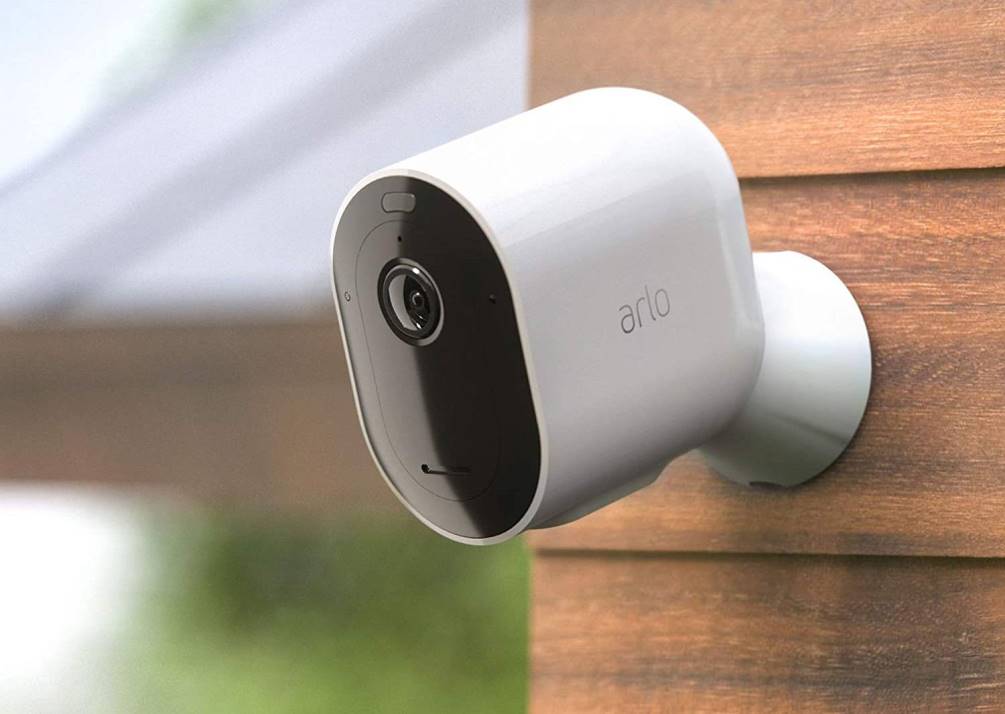In the ever-changing landscape of home security, the evolution of safeguarding what matters most has been remarkable. From rudimentary locks and keys to sophisticated smart systems, the journey has been transformative, driven by technological advancements and the imperative to provide comprehensive protection. Initially, home security primarily relied on physical barriers like locks and alarms, offering a basic level of defense against intruders. However, as threats evolved and became more sophisticated, so too did the measures to counter them. The emergence of electronic security systems marked a significant shift in the industry. Alarms connected to monitoring stations added a layer of proactive response, enabling swift action in the event of a breach. Closed-circuit television CCTV cameras expanded surveillance capabilities, allowing homeowners to monitor their property remotely and gather evidence in case of incidents. These innovations not only enhanced security but also provided peace of mind, empowering homeowners with greater control over their surroundings, even from afar. The advent of the internet and wireless technology ushered in a new era of home security solutions. Smart home systems integrated various devices and sensors, creating interconnected networks that could be controlled and monitored through smartphones or tablets.

This connectivity offered unparalleled convenience, enabling users to remotely arm/disarm alarms, receive real-time alerts, and even adjust lighting or thermostat settings to create the illusion of occupancy. Moreover, advancements in artificial intelligence AI and machine learning empowered these systems to adapt to users’ behaviors, optimizing security protocols based on patterns and anomalies. American Freedom Security Systems integration of voice recognition and biometric authentication further fortified access control measures, ensuring that only authorized individuals could enter designated areas. Facial recognition technology, once the stuff of science fiction, became a reality, adding an additional layer of identity verification. These advancements not only enhanced security but also streamlined daily routines, eliminating the need for physical keys and cumbersome access codes. Furthermore, the rise of the Internet of Things IoT expanded the scope of home security beyond intruder detection. Smart sensors could now detect environmental hazards such as smoke, carbon monoxide, or water leaks, triggering immediate alerts to prevent potential disasters. Integration with home automation platforms allowed for seamless coordination between security, safety, and comfort systems, creating holistic environments that adapt to occupants’ needs and preferences.
However, with innovation come challenges, particularly concerning privacy and cybersecurity. The proliferation of interconnected devices increased the attack surface, making homes vulnerable to cyber threats and data breaches. As such, ensuring robust encryption protocols, regular software updates, and user education became paramount in safeguarding both physical and digital assets. Looking ahead, the evolution of home security solutions shows no signs of slowing down. Advancements in technologies such as artificial intelligence, machine learning, and quantum computing promise to further revolutionize how we protect our homes and loved ones. From predictive analytics that anticipate threats before they occur to autonomous security drones that patrol premises, the future of home security is poised to be as transformative as it is reassuring. As we continue to innovate and adapt, one thing remains constant: the commitment to safeguarding what matters most our peace of mind and sense of security at home.